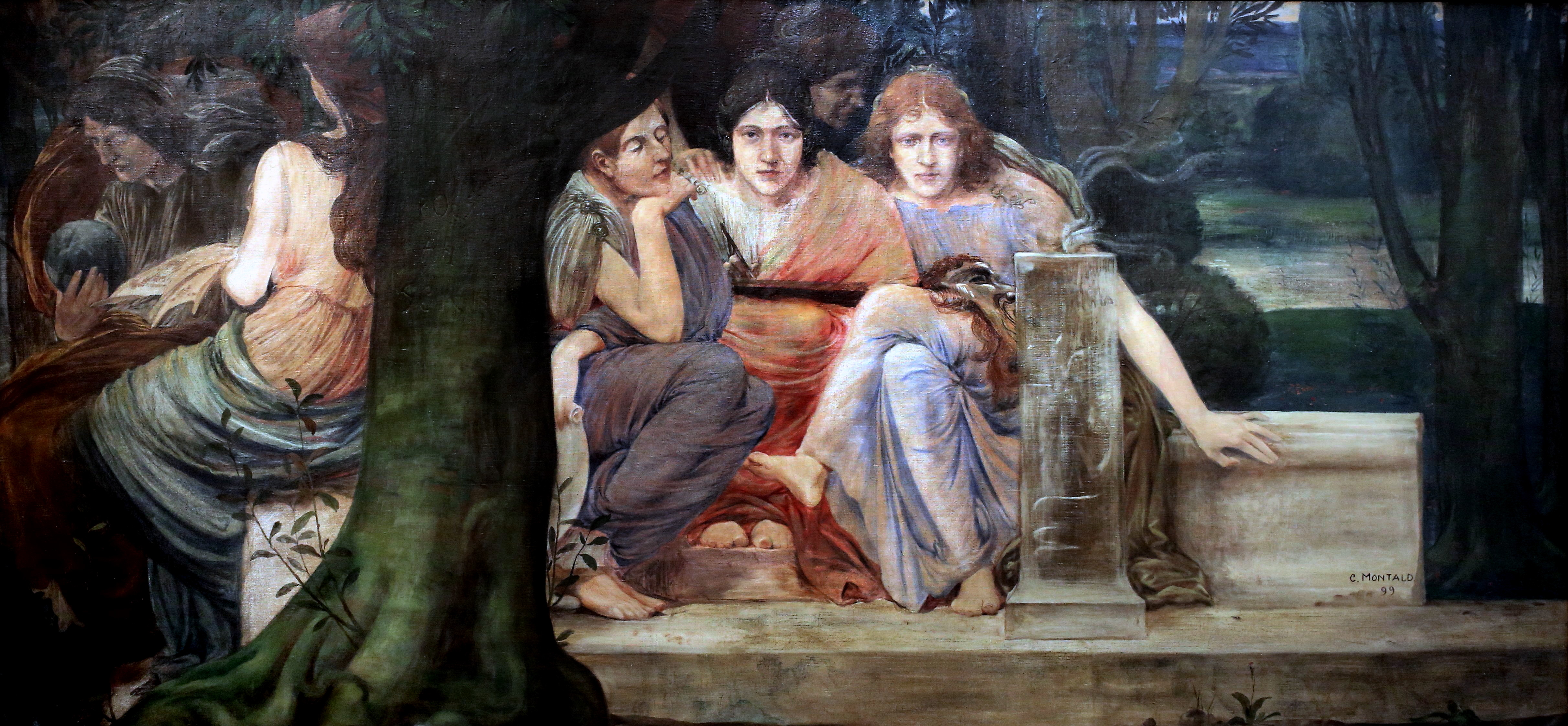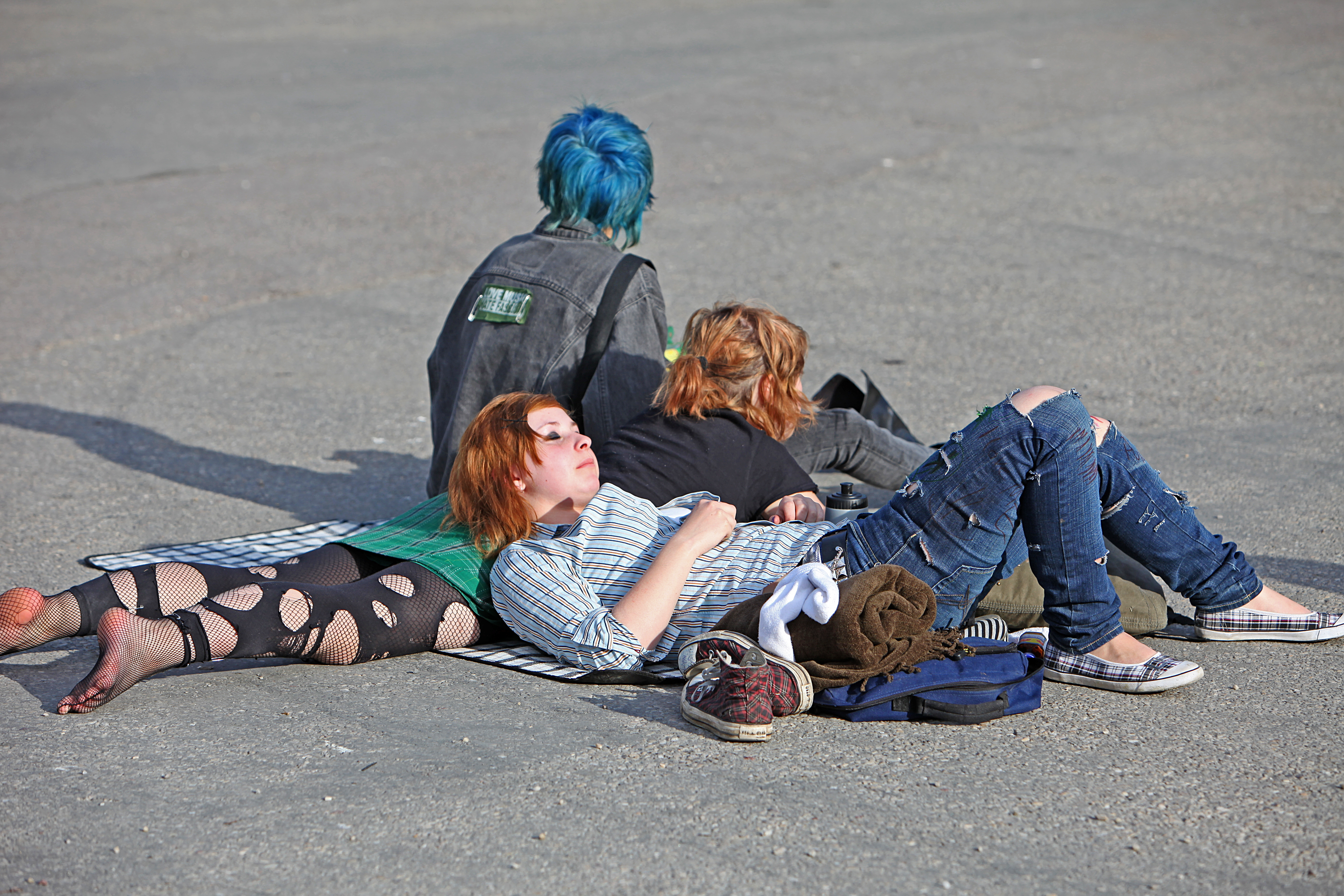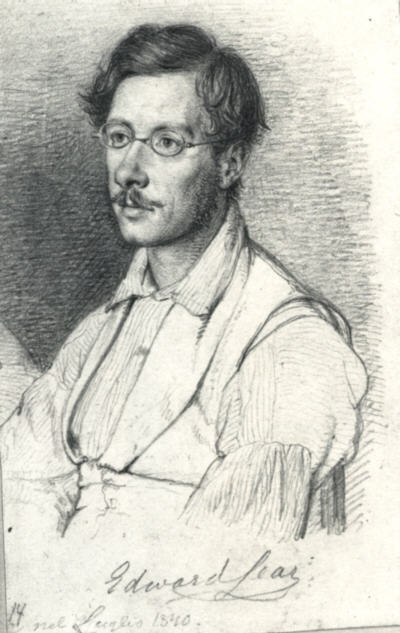|
Long Poem
The long poem is a literary genre including all poetry of considerable length. Though the definition of a long poem is vague and broad, the genre includes some of the most important poetry ever written. With more than 220,000 (100,000 shloka or couplets) verses and about 1.8 million words in total, the ''Mahābhārata'' is one of the longest epic poems in the world. It is roughly ten times the size of the ''Iliad'' and ''Odyssey'' combined, roughly five times longer than Dante's ''Divine Comedy'', and about four times the size of the ''Ramayana'' and Ferdowsi's ''Shahnameh''. In English, ''Beowulf'' and Chaucer's ''Troilus and Criseyde'' are among the first important long poems. The long poem thrived and gained new vitality in the hands of experimental Modernists in the early 1900s and has continued to evolve through the 21st century. The long poem has evolved into an umbrella term, encompassing many subgenres, including epic, verse novel, verse narrative, lyric sequence, lyric ... [...More Info...] [...Related Items...] OR: [Wikipedia] [Google] [Baidu] [Amazon] |
Literary Genre
A literary genre is a category of literature. Genres may be determined by List of narrative techniques, literary technique, Tone (literature), tone, Media (communication), content, or length (especially for fiction). They generally move from more abstract, encompassing classes, which are then further sub-divided into more concrete distinctions. The distinctions between genres and categories are flexible and loosely defined, and even the rules designating genres change over time and are fairly unstable. Genres can all be in the form of prose or poetry. Additionally, a genre such as satire, allegory or pastoral might appear in any of the above, not only as a subgenre (see below), but as a mixture of genres. They are defined by the general cultural movement of the historical period in which they were composed. History of genres Aristotle The concept of genre began in the works of Aristotle, who applied biological concepts to the classification of literary genres, or, as he ca ... [...More Info...] [...Related Items...] OR: [Wikipedia] [Google] [Baidu] [Amazon] |
Lyric Poetry
Modern lyric poetry is a formal type of poetry which expresses personal emotions or feelings, typically spoken in the first person. The term for both modern lyric poetry and modern song lyrics derives from a form of Ancient Greek literature, the Greek lyric, which was defined by its musical accompaniment, usually on an instrument known as a kithara, a seven-stringed lyre (hence "lyric"). These three are not equivalent, though song lyrics ''are'' often in the lyric mode and Ancient Greek lyric poetry ''was'' principally chanted verse. The term owes its importance in literary theory to the division developed by Aristotle among three broad categories of poetry: lyrical, dramatic, and epic. Lyric poetry is one of the earliest forms of literature. Meters Much lyric poetry depends on regular meter based either on syllable or on stress – two short syllables or one long syllable typically counting as equivalent – which is required for song lyrics in order to match lyrics wit ... [...More Info...] [...Related Items...] OR: [Wikipedia] [Google] [Baidu] [Amazon] |
The Cantos
''The Cantos'' is a long modernist poem by Ezra Pound, written in 109 canonical sections in addition to a number of drafts and fragments added as a supplement at the request of the poem's American publisher, James Laughlin. Most of it was written between 1915 and 1962, although much of the material in the first three cantos was abandoned or redistributed in 1923, when Pound prepared the first instalment of the poem, ''A Draft of XVI Cantos'' (Three Mountains Press, 1925). It is a book-length work, widely considered to present formidable difficulties to the reader. Strong claims have been made for it as the most significant work of modernist poetry of the twentieth century. As in Pound's prose writing, the themes of economics, governance and culture are integral to its content. The most striking feature of the text, to a casual browser, is the inclusion of Chinese characters as well as quotations in European languages other than English. Recourse to scholarly commentaries is a ... [...More Info...] [...Related Items...] OR: [Wikipedia] [Google] [Baidu] [Amazon] |
Ezra Pound
Ezra Weston Loomis Pound (30 October 1885 – 1 November 1972) was an List of poets from the United States, American poet and critic, a major figure in the early modernist poetry movement, and a Collaboration with Nazi Germany and Fascist Italy, collaborator in Fascist Italy (1922–1943), Fascist Italy and the Italian Social Republic, Salò Republic during World War II. His works include ''Ripostes'' (1912), ''Hugh Selwyn Mauberley'' (1920), and ''The Cantos'' (–1962). Pound's contribution to poetry began in the early-20th century with his role in developing Imagism, a movement stressing precision and economy of language. Working in London as foreign editor of several American literary magazines, he helped to discover and shape the work of contemporaries such as H.D., Robert Frost, T. S. Eliot, Ernest Hemingway, and James Joyce. He was responsible for the 1914 serialization of Joyce's ''A Portrait of the Artist as a Young Man'', the 1915 publication of Eliot's "Th ... [...More Info...] [...Related Items...] OR: [Wikipedia] [Google] [Baidu] [Amazon] |
American Literature
American literature is literature written or produced in the United States of America and in the British colonies that preceded it. The American literary tradition is part of the broader tradition of English-language literature, but also includes literature produced in languages other than English. The American Revolutionary Period (1775–1783) is notable for the political writings of Benjamin Franklin, Alexander Hamilton, Thomas Paine, and Thomas Jefferson. An early novel is William Hill Brown's '' The Power of Sympathy'', published in 1791. The writer and critic John Neal in the early-to-mid-19th century helped to advance America toward a unique literature and culture, by criticizing his predecessors, such as Washington Irving, for imitating their British counterparts and by influencing writers such as Edgar Allan Poe, who took American poetry and short fiction in new directions. Ralph Waldo Emerson pioneered the influential Transcendentalism movement; Henry David T ... [...More Info...] [...Related Items...] OR: [Wikipedia] [Google] [Baidu] [Amazon] |
Literary Form
A literary genre is a category of literature. Genres may be determined by literary technique, tone, content, or length (especially for fiction). They generally move from more abstract, encompassing classes, which are then further sub-divided into more concrete distinctions. The distinctions between genres and categories are flexible and loosely defined, and even the rules designating genres change over time and are fairly unstable. Genres can all be in the form of prose or poetry. Additionally, a genre such as satire, allegory or pastoral might appear in any of the above, not only as a subgenre (see below), but as a mixture of genres. They are defined by the general cultural movement of the historical period in which they were composed. History of genres Aristotle The concept of genre began in the works of Aristotle, who applied biological concepts to the classification of literary genres, or, as he called them, "species" (eidē). These classifications are mainly discusse ... [...More Info...] [...Related Items...] OR: [Wikipedia] [Google] [Baidu] [Amazon] |
Contemporary Poetry
Contemporary history, in English-language historiography, is a subset of modern history that describes the historical period from about 1945 to the present. In the social sciences, contemporary history is also continuous with, and related to, the rise of postmodernity. Contemporary history is politically dominated by the Cold War (1947–1991) between the Western Bloc, led by the United States, and the Eastern Bloc, led by the Soviet Union. The confrontation spurred fears of a nuclear war. An all-out "hot" war was avoided, but both sides intervened in the internal politics of smaller nations in their bid for global influence and via proxy wars. The Cold War ultimately ended with the Revolutions of 1989 and the dissolution of the Soviet Union in 1991. The latter stages and aftermath of the Cold War enabled the democratization of much of Europe, Africa, and Latin America. Decolonization was another important trend in Southeast Asia, the Middle East, and Africa as new states ga ... [...More Info...] [...Related Items...] OR: [Wikipedia] [Google] [Baidu] [Amazon] |
History Of Poetry
Poetry as an oral art form likely predates written text. The earliest poetry is believed to have been recited or sung, employed as a way of remembering oral history, genealogy, and law. Poetry is often closely related to musical traditions, and the earliest poetry exists in the form of hymns (such as Hymn to the Death of Tammuz), and other types of song such as chants. As such, poetry is often a verbal art. Many of the poems surviving from the ancient world are recorded prayers, or stories about religious subject matter, but they also include historical accounts, instructions for everyday activities, love songs, and fiction. Many scholars, particularly those researching the Homeric tradition and the oral epics of the Balkans, suggest that early writing shows clear traces of older oral traditions, including the use of repeated phrases as building blocks in larger poetic units. A rhythmic and repetitious form would make a long story easier to remember and retell, before writing wa ... [...More Info...] [...Related Items...] OR: [Wikipedia] [Google] [Baidu] [Amazon] |
Marginalization
Social exclusion or social marginalisation is the social disadvantage and relegation to the fringe of society. It is a term that has been used widely in Europe and was first used in France in the late 20th century. In the EU context, the European Commission defines it as ''"a situation whereby a person is prevented (or excluded) from contributing to and benefiting from economic and social progress"''. It is used across disciplines including education, sociology, psychology, healthcare, politics and economics. Social exclusion is the process in which individuals are blocked from (or denied full access to) various rights, opportunities and resources that are normally available to members of a different group, and which are fundamental to social integration and observance of human rights within that particular group (e.g. due process). Alienation or disenfranchisement resulting from social exclusion can be connected to a person's social class, race, skin color, religious af ... [...More Info...] [...Related Items...] OR: [Wikipedia] [Google] [Baidu] [Amazon] |
Cultural Identity
Cultural identity is a part of a person's identity (social science), identity, or their self-conception and self-perception, and is related to nationality, ethnicity, religion, social class, generation, Locality (settlement), locality, gender, or any kind of social group that has its own distinct culture. In this way, cultural identity is both characteristic of the individual but also of the culturally identical group of members sharing the same cultural identity or upbringing. Cultural identity is an unfixed process that is continually evolving within the discourses of social, cultural, and historical experiences. Some people undergo more cultural identity changes as opposed to others, those who change less often have a clear cultural identity. This means that they have a dynamic yet stable integration of their culture. There are three pieces that make up a person's cultural identity: cultural knowledge, category label, and social connections. Cultural knowledge refers to a pers ... [...More Info...] [...Related Items...] OR: [Wikipedia] [Google] [Baidu] [Amazon] |
Poetic Devices
Poetic devices are a form of literary device used in poetry. Poems are created out of poetic devices via a composite of: structural, grammatical, rhythmic, metrical, verbal, and visual elements. They are essential tools that a poet uses to create rhythm, enhance a poem's meaning, or intensify a mood or feeling. Poetic diction Poetic Diction is a style of writing in poetry which encompasses vocabulary, phrasing, and grammatical usage. Along with syntax, poetic diction functions in the setting the tone, mood, and atmosphere of a poem to convey the poet's intention. Poetic devices shape a poem and its meanings. Types of poetic dictions Sound Poetic devices that have a sonic quality achieve specific effects when heard. Words with a sound-like quality can strike readers as soothing or dissonant while evoking certain thoughts and feelings associated with them. * Alliteration–Repeated consonant sounds at the beginning of words placed near each other, usually on the same or ... [...More Info...] [...Related Items...] OR: [Wikipedia] [Google] [Baidu] [Amazon] |
The Philosophy Of Composition
"The Philosophy of Composition" is an 1846 essay written by American writer Edgar Allan Poe that elucidates a theory about how good writers write when they write well. He concludes that length, "unity of effect" and a logical method are important considerations for good writing. He also makes the assertion that "the death... of a beautiful woman" is "unquestionably the most poetical topic in the world". Poe uses the composition of his own poem "The Raven" as an example. The essay first appeared in the April 1846 issue of '' Graham's Magazine''. It is uncertain if it is an authentic portrayal of Poe's own method. Poe's philosophy of composition Generally, the essay introduces three of Poe's theories regarding literature. The author recounts this idealized process by which he says he wrote his most famous poem, "The Raven", to illustrate the theory, which is in deliberate contrast to the "spontaneous creation" explanation put forth, for example, by Coleridge as an explanation for hi ... [...More Info...] [...Related Items...] OR: [Wikipedia] [Google] [Baidu] [Amazon] |









